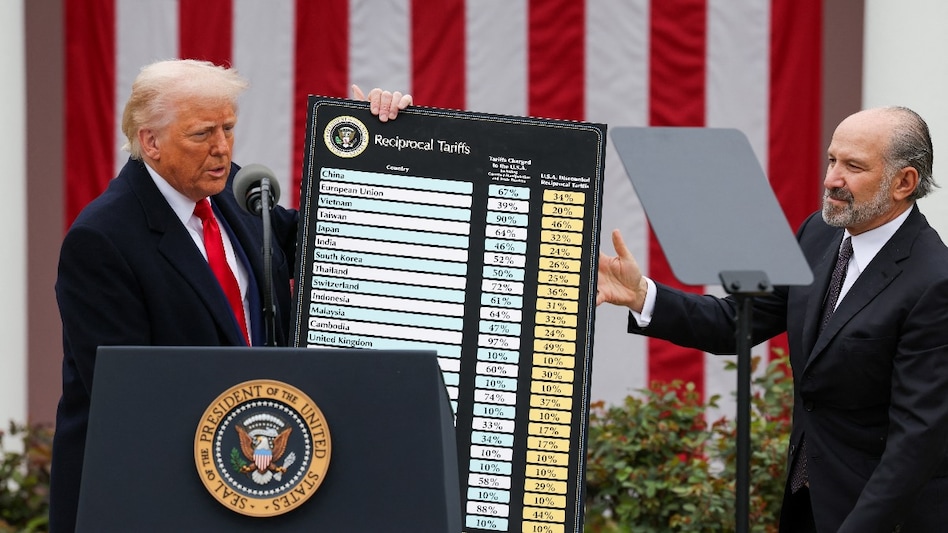 Trump tariffs: Indian medical device exports set to face headwinds
Trump tariffs: Indian medical device exports set to face headwinds  Trump tariffs: Indian medical device exports set to face headwinds
Trump tariffs: Indian medical device exports set to face headwinds India’s medical device exports to the United States are set to face headwinds following a 26% tariff hike imposed by Washington, a move that could affect the sector’s competitiveness in one of its largest overseas markets. The higher duty is part of a broader shift in U.S. trade policy, aimed at reducing reliance on foreign suppliers while protecting domestic industries.
According to data from the commerce ministry, India exported $714.38 million worth of medical devices to the US in FY24. However, its imports from the US stood at $1.52 billion during the same period, underscoring the trade imbalance.
The new tariffs add to the regulatory challenges Indian manufacturers already face in the highly regulated US market, where securing approvals from the U.S. Food and Drug Administration (FDA) requires compliance with stringent norms. Depending on the classification of the device, Indian firms must pay anywhere between $9,280 and $540,000 for FDA regulatory clearance.
Industry leaders warn that while tariffs on Chinese medical device exports to the US are even higher at 34%, and European exports now face a 20% duty, the overall impact on Indian exports remains uncertain.
“While the tariff on Chinese products is higher, India’s pricing is still not always competitive. An 8% cost advantage over China will not help if our base prices are already 15% higher,” said Himanshu Baid, Managing Director of Polymedicure, a medical device manufacturer.
Apart from India, other key supplier nations have also been affected. Medical device exports to the US from Vietnam, Japan, South Korea, Malaysia, and Switzerland are now subject to tariffs ranging between 24% and 46%. In contrast, Turkey remains relatively unaffected with a 10% tariff, making it a potentially more attractive sourcing destination for US buyers.
Industry representatives have also pointed out the disparity in trade policies between India and the US While Indian exporters are subjected to strict regulatory norms, US firms have relatively easier access to the Indian market.
“The issue is not just about tariffs. There is a clear regulatory asymmetry. Indian manufacturers face heavy compliance costs when exporting to the U.S., while American firms can export to India with minimal restrictions,” said Rajiv Nath, Forum Coordinator, Association of Indian Medical Device Industry (AiMeD).
In response to the tariff hike, India’s medical device industry has renewed its focus on strengthening domestic manufacturing under the ‘Make in India’ and ‘Atmanirbhar Bharat’ initiatives. Industry groups have called on the government to engage in bilateral trade negotiations to address tariff imbalances, offer incentives to domestic manufacturers to expand local production, and implement stronger policies to prevent Chinese products from bypassing tariffs by re-routing through low-duty countries such as the UK and UAE.
Despite these challenges, experts believe India can still maintain its position in the US market, particularly for low-cost, high-demand medical devices such as syringes, catheters, and surgical instruments—segments where US manufacturers have largely exited. However, there is growing concern that China could bypass the tariffs by exporting its products through low-tariff countries, putting additional pressure on Indian firms.
Copyright©2025 Living Media India Limited. For reprint rights: Syndications Today